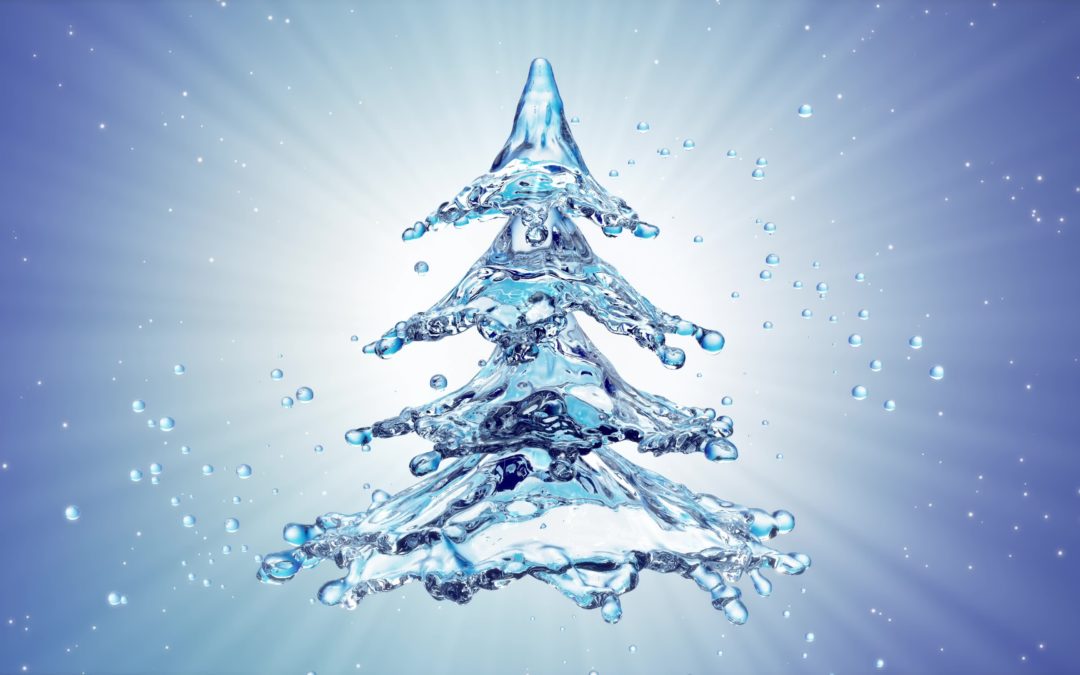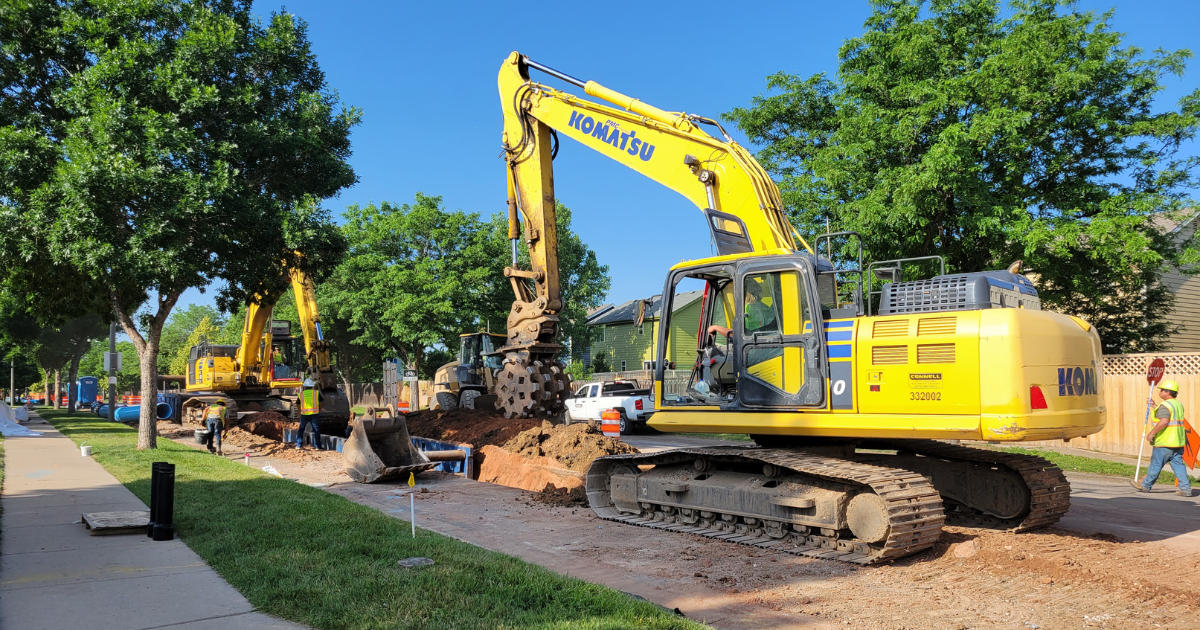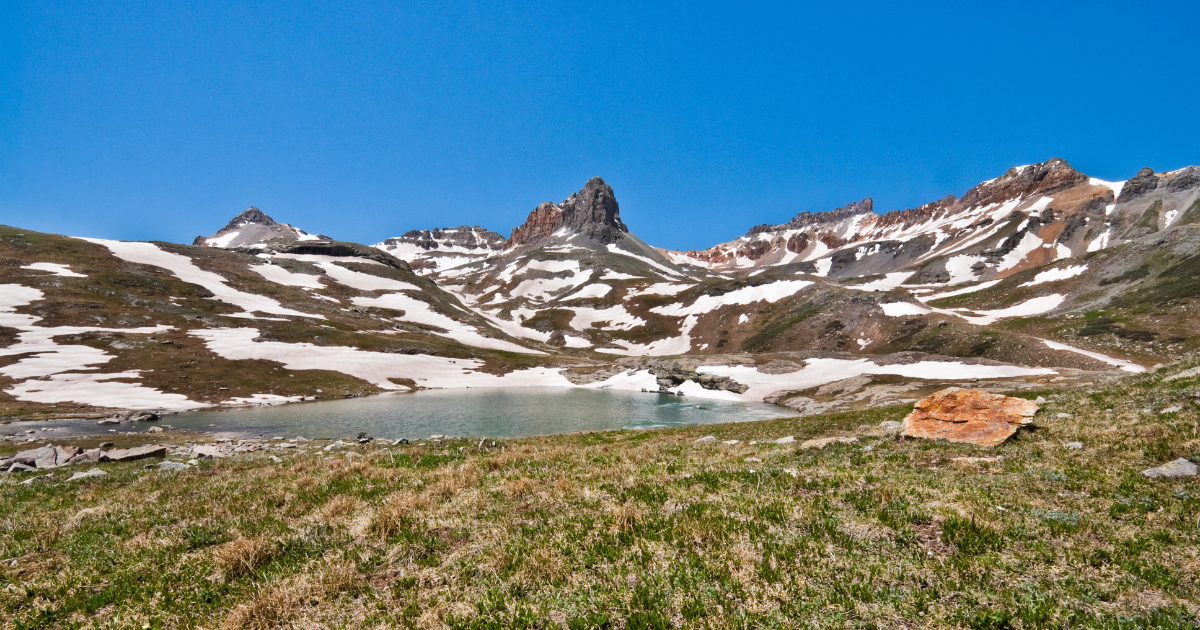It’s the holiday season, a time that’s always busier than we’d like as we immerse ourselves in the festivities. This year, as we play host to neighborhood cocktail parties or double as bed-and-breakfast managers for the in-laws in the guest room, it’s important to keep in mind what else we’re inviting into our homes: water habits.
There are good water habits and bad water habits. With increased foot traffic from holiday parties, as well as an increased use of non-drain-friendly items like cooking oils, you’ll want to keep an eye on how water and waste are being treated in the home. No one likes a clogged drain during a holiday party or an oversized bill at the end of a busy month.
To help you avoid major inconveniences and unexpected bills, we’ve compiled a list of the types of water usage habits you should and shouldn’t invite into your home this holiday season. And remember, the guests you invite often bring a plus-one in the form of bad water habits. A little education goes a long way!
Pro-Tip: This year, place a friendly card in the kitchen and bathrooms with usage suggestions or simply to educate your guests on water habits and water issues. It can go a long way in curbing any unwanted water issues this season
Water habits to welcome this holiday season
High-Efficiency Appliances and Optimized Usage
The dishwasher kicks into high gear this time of year. From all the cooking, baking and drinking, it seems like the dishwasher is always running. According to American Rivers, the average U.S. per capita water use is 170 gallons per day—which is a lot. But you can help reduce water usage through two very easy steps.
One: When it’s time to upgrade your dishwasher and other water-intense appliances, opt for high-efficiency versions. Two: Make sure to run your dishwasher or clothes washer when it’s full. Need to use that one dirty bowl or want to wear that one dirty shirt? Wash them by hand instead. This will reduce stress on your appliances and infrastructure and help keep your bills down.
Water-Saving Showerheads
According to the U.S. Environmental Protection Agency, showering accounts for nearly 1.2 trillion gallons of water used domestically every year—just shy of 20% of our country’s total water consumption.
The average showerhead uses 2.5 gallons of water per minute (gpm). To earn an EPA-certified WaterSense Label, water-saving showerheads must use under 2.0 gpms, which means you can save up to a half-gallon per minute during your morning shower routine. For one 5-minute shower, that’s 2.5 gallons of water saved every day. If you have houseguests this time of year, do the math and be amazed at how much water you could save.
Dual-Flush or Low-Flush Toilets
Similar to showerheads, water is a big issue when it comes to our toilets. Potable. Non-potable. Amount used. Every state’s regulations differ, but nationally the EPA estimates that the average family could reduce their water usage for toilets by 20 to 60 percent by upgrading to an EPA-certified WaterSense toilet (either low-flow or dual flush). Based on their average estimates, that’s up to 13,000 gallons per year, or roughly $140 saved per-year in water costs.
As the amount of foot traffic through your door (and through your bathrooms) increases, it might be worth finally upgrading at least your high-demand toilets this season.
Composting Your Kitchen Waste
We’ve all stood at the kitchen sink with the retractable spout on full blast as we try to shoot a rogue piece of food down the drain. But what if we didn’t do that?
Composting is achievable year-round in Colorado, and it’s a great way to reduce water usage while offering numerous benefits. Less water used to wash down waste in your sink adds up. Soil that’s rich in organic materials like compost also retains moisture longer, so that means less water for potted plants in the winter and your garden in the summer. Composting also relieves demand on your pipe and sanitation infrastructure. With less solids down the drain, there’s less worry about backups.
Read the Water Usage Details in Your Bill
The information contained in your bill—either paper or online—is a great resource to see how much water you’re using. If you keep track of that number (even if it’s just a passing glance!), you’ll notice when you have spikes in usage and be able to adjust your habits to benefit your bank account and the environment. You’ll also be able to tell if a leak may have invited itself for the holidays – unexplained spikes in water usage can be a good indicator of an otherwise invisible leak.
Water habits to leave off the guest list
Leaky Appliances
Does your toilet constantly run? Are you always finding a random pool of water underneath your sink or refrigerator? Leaky appliances and pipes can account for nearly 10,000 gallons of wasted water, according to the EPA.
Similar to paying monthly fees for a subscription service you don’t use, water leaks drain your bank account—and literally drain your water. The EPA estimates that 10-percent of homes have leaks that waste up to 90 gallons or more per day. Don’t be a statistic! Get your appliances and piping checked for leaks.
Use this great EPA guide to discover if you have leaks in your home, and what to do about them.
Everything goes down the drain
What do fats, greases, cloth, bandages, hair and sanitary items have in common? None of them should go down the drain or toilet. Ever. When in doubt, throw it out.
The Fort Collins Sanitation District has more than 400 miles of collection lines, and while we work diligently to monitor and maintain these lines, clogs still happen. That’s due to items introduced into the system that don’t belong. Fats, oils and grease (FOG) make up a huge part of this, as do household items like “flushable” wipes, Swiffer pads and hair—so much hair.
Learn about what should and shouldn’t go down your drain with our handy Do Not Flush guide.
Leaving the water running
Long, hot showers feel amazing in the winter, especially in the morning. But long showers are just one of the ways we willingly put water (and money) down the drain. Excessive water use in the home is a sneaky habit. When you think about it, there’s no reason to leave the water running as we’re brushing our teeth—but we do.
A simple reexamination of how we use our water, like leaving the sink running as we’re cooking and cleaning at the same time, goes a long way in curbing overuse.
Our gift to you
Water is a precious resource everywhere, but especially in Northern Colorado, where it’s not only something we use in our homes, but also something we enjoy for recreation. Small decisions—like which water usage habits we choose to welcome into our homes this season—helps our region maintain a vital resource. We have resources and information to help you understand how to use water wisely year-round, as well as insight into what we’re doing to provide a secure water future and more about your water and wastewater sanitation on our website: https://fclwd.com.



